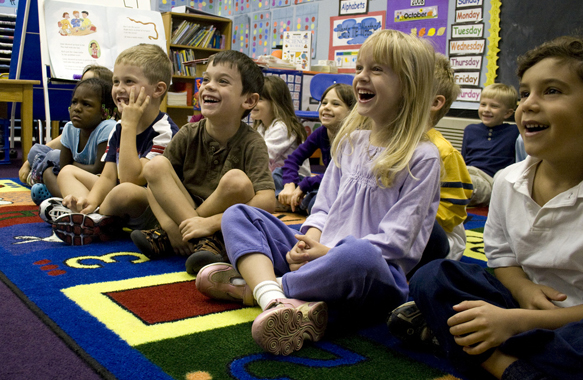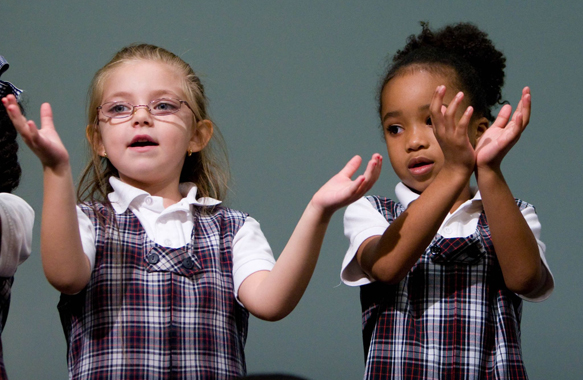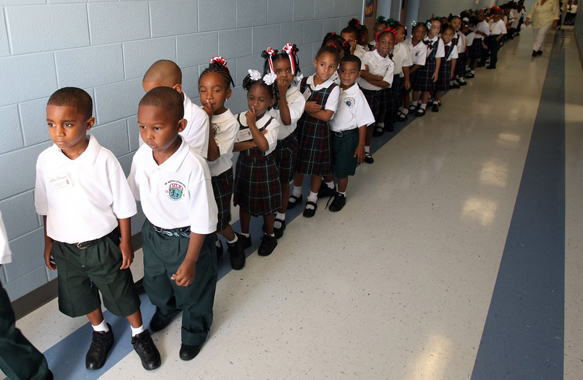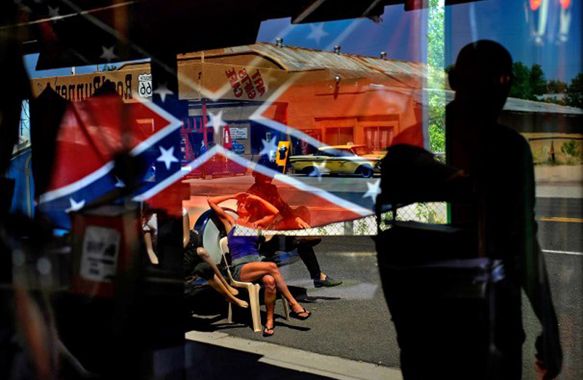Way back when, in the stone-age of education, ability grouping and tracking were popular. Some might argue that even when it was out it was in, dependent on where you lived. Nonetheless, it existed and/or exists. When the practice is present the torch of proficiency is the gold standard. You either have the flame in your brain, or you do not. Do well on skills testing and you are deemed bright. If perchance you stumble or fall, well, you are categorized as dim. The dumb, the numb, and yes the sages – never the twain or thrice shall meet.
In school settings this means that scholars study with fellow scholars. Slower students are left behind to fend with a friend or an equal. Will they see the light or did they? The debate continues. In the 1980s and the 1990s critics charged that either or each approach perpetuated inequality. A label imprisoned the poor and minority students in low-level groups. Lack of inspiration too held the young ones back. Ultimately, these practices, then, fell out of favor, at least for a time. Today, they are back or could well be. We hear the cries, bring grouping back. Do we do it? Was it already done? For the good of the students what might we decide? To track or not to track? What is destiny or arrested development?
Today the topic remains. Tracking students is back is it forward? Is it at the “top” of the agenda or the bottom? Well, that depends on where you stand.
There are those who exclaim ability grouping in schools is a mistake. A past president of the National Council of Teachers of English, Joanne Yatvin is among these. There is also Joann P. DiGennaro, president of the Center for Excellence in Education. She purports grouping students by ability makes sense, or has it only regained favor? Kevin Welner, Director of the National Education Policy Center weighs in with what he decrees is the bottom line. Or perhaps it is another new beginning. Let us go back into the future, circa 1992, and you decide. Does the pendulum swing? Does the cycle continue? Will we once again say…
Mix, Don’t Match
IN VALERIE HARR’s sixth-grade math class, a bright yellow pumpkin sits on each student’s desk. There are big ones, little ones, heavy ones and puny ones.
The varying sizes of the pumpkins are like the students themselves, these middle school pupils caught in that awkward transition between childhood and high school age — some smaller and baby-faced, others lanky and towering.
And in this classroom, at the Louis Armstrong Middle School in Queens, one other element of miscellany applies that is not so visible as the size of the pumpkins, which are to be used in a math experiment. Here, as in the rest of the school, there are very bright students sitting alongside some who are not so bright, some who are quick with numbers and some who are not, some with an artistic bent along with some who tend more to the mechanical.
Louis Armstrong School, on Junction Boulevard, is organized on the heterogeneous model of teaching, one that believes children should not be separated by academic ability.
The only middle school in New York City that follows this model, Louis Armstrong tries to do away with the pecking order among its 1,333 children in grades 5 through 8 that characterizes traditional schools, where students often label themselves as being in a “smart class” or the “dumb class.” At Louis Armstrong, in almost every classroom in every grade, children of all abilities sit at desks facing each other in small clusters, and together they tackle every academic task and new concept that comes along.
“In a one-room schoolhouse, that’s how it was,” said the principal, Mary Ellen Levin. “You would have the big ones helping the little ones, and the strong ones helping the weak ones.”
While education experts throughout the country are preaching this model as the best one to help all children thrive, few schools have moved to adopt it, often because of parental resistance or community opposition. Louis Armstrong, founded under unusual circumstances, has always been heterogeneous. The fact that 2,000 to 3,000 students compete every year for 400 open slots in this magnet school attests to its popularity among parents and children. According to Ms. Levin, the school always places among the top 10 middle schools in math and reading scores. School Opened Under a Court Order
The school opened in 1979, under a court order that the New York City Schools Chancellor’s office relieve overcrowding at a nearby school. The court also directed Louis Armstrong to maintain a racially diverse student body to reflect the ethnic makeup of Queens. As part of the philosophy, administrators of the school also decided to employ the concept of cooperative learning that for the most part does away with the traditional academic categorization that many experts say may be good for the high achievers, but often relegates others to a lifetime of being labeled as underachievers.
Only some math and English classes, because of state mandates, are “tracked,” and those only in the eighth grade, the principal said.
“Here we don’t toss kids into a corner and say, ‘You’re not making it’ when they’re 11 or 12 years old,” said Judith Weinhaus, a school librarian.
Louis Armstrong may look like any other school, in its bustle of adolescent activity and the bright art on the walls, but in each classroom there is a microcosmic society in which children of different abilities are working together. Cooperative learning makes for a challenging day for teachers, several of them said, to make sure they don’t lose either those at the bottom of the learning curve or those at the top.
References and Resources…
- Why ability grouping in schools is a mistake, By Joanne Yatvin. The Washington Post. May 21, 2013
- Why grouping students by ability makes sense, By Joann P. DiGennaro. The Washington Post. June 7, 2013
- Grouping Students by Ability Regains Favor in Classroom, By Vivian Yee. The New York Times. June 9, 2013
- The bottom line on student tracking, By Kevin Welner. The Washington Post. June 10, 2013
- Let’s Go Back to Grouping Students by Ability, By Barry Garelick. The Atlantic. March 26, 2013
- Mix, Don’t Match. By Maria Newman The New York Times. November 01, 1992












Going BACK to tracking WOULD likely make us more competitive with the tops in the world Asian PISA scores—if that’s what we want. However, parents generally did not like tracking. Some of those parents are the same ones who villify American schools for not being #1 on the PISA scores. Can’t have it both ways.